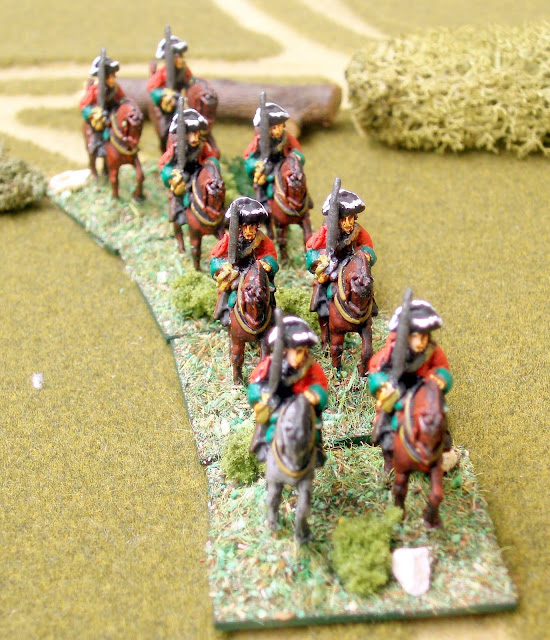In 1551 it was finally entailed on Sir Richard Cotton, knight, whose son George succeeded to it at his death in 1556. " (The coat of arms is that of the Cotton family - more on these guys later)
...a little more info has come to light, but before I launch into it, first
off a small correction as it's been pointed out that I got my Mary's
hopelessly mixed up in the last post - it was
Mary Tudor who was the daughter of Henry VIII (later to be
crowned as Mary the first), not Mary Queen of Scots (thanks to my missus,
and also Will, for this!!)
...anyway - as promised, a little more info has come to light...
...anyway - as promised, a little more info has come to light...
as we know Warblington .."was restored in 1514 to Margaret (Polk), countess of Salisbury, sister and heir of Edward, the Earl of Warwick, with other lands. She was living at the castle in 1526. She was a staunch papist, and from her house her son-in-law, Lord Montagu, and others sent frequent messages to their friends on the continent, especially to Cardinal Pole, using as an agent a certain Hugh Holland of Warblington, who had already been convicted of piracy" (! I'm guessing he was probably a smuggler rather than your actual yo-ho-ho and a bottle of rum type, as there have been stories about the lane that leads down to the harbour from the town for some time as having smuggling origins which around here would have been brandy, lace, and other goods from France).
"After her attainder ('the forfeiture of land and civil rights suffered as a consequence of a sentence of death for treason or felony') in consequence of her share in these conspiracies Warblington was granted temporarily to William, Earl of Southampton, and to Sir Thomas Wriothesley, the King's secretary.
 "George Cotton was
living at Warblington in 1596, and died there in 1609 or 1610, leaving a son
and heir Sir Richard Cotton. In 1635 Richard Cotton died seised of the
manor leaving a young grandson and heir of the same name who was a staunch
Royalist."
"George Cotton was
living at Warblington in 1596, and died there in 1609 or 1610, leaving a son
and heir Sir Richard Cotton. In 1635 Richard Cotton died seised of the
manor leaving a young grandson and heir of the same name who was a staunch
Royalist."...now comes the first of the interesting stuff...
"In January, 1643–4, 'the strong house at Warblington' was captured by sixty soldiers and a hundred muskets, and Richard Cotton was obliged to compound for his lands. He is said to have bequeathed them to his only surviving son William, who died in 1736."
My reference quotes a letter from Wilmot, the lord-lieutenant of the Royalist forces, in which he states that 'he has not yet had a reply to the message sent to Arundel Castle' (then besieged by Sir William Waller), and that 'they have taken the strong house at Warblington … which commands a pretty port, and will be of good advantage.'
It's an ambiguous entry - he probably knew who he meant - but safe to assume that the sixty soldiers and hundred musketeers were Parliamentary. Begs a few questions though - why does the source differentiate between soldiers and muskets? Perhaps the "soldiers" were pike? Or mounted troops?
Most of this post by the way, is from the following excellent source ''Warblington', A History of the County of Hampshire: Volume 3 (1908), pp. 134-139. URL: http://www.british-history.ac.uk/report.aspx?compid=41943. In the meanwhile, the search continues...
===================================================
On a separate subject, I've recently completed loading the majority of the original JPG's of the "table top teasers", so that you can now see the original articles. There were a couple missing - I'll add these soonest. Next will be the PDF's...























